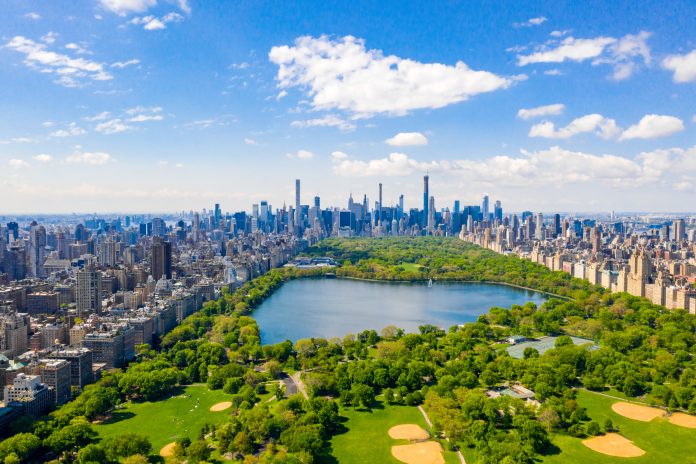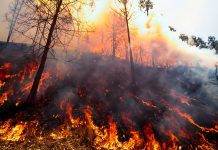New York City has been ramping up its tree planting efforts with a plan to plant tens of thousands annually
These initiatives are celebrated for their numerous benefits, from providing shade and cooling urban temperatures to absorbing carbon dioxide and supporting biodiversity.
Is planting trees beneficial?
Published in Environmental Science & Technology, the study conducted by scientists from Columbia Climate School’s Lamont-Doherty Earth Observatory and other institutions reveals a significant finding: trees such as oaks and sweetgums, which dominate the city’s current tree population, emit high levels of isoprenes.
While isoprenes themselves are harmless, they react with nitrogen oxides emitted by vehicles and industry to form ground-level ozone. This ozone, particularly in summer months, can exacerbate respiratory ailments such as asthma and chronic bronchitis.
Dandan Wei, lead author of the study, emphasised, “We’re all for planting more trees. They bring so many good things.”
The research predicts that if current planting practices continue, isoprene emissions in Manhattan could rise by 140% in the coming decades, potentially increasing summer ozone levels by up to 30%. In Queens, where there is ample room for tree expansion, isoprene production could quadruple, leading to similar ozone spikes.
Air quality issues
“There is no reason to think that trees don’t play a role in what’s in the air,” said lead author Dandan Wei, who did the research as a postdoctoral scientist at Lamont-Doherty. “We just didn’t have the tools before this to understand this particular aspect.”
Despite these findings, experts caution against blaming trees alone for air quality issues. Nitrogen oxides from vehicle exhaust and industrial sources are essential precursors to ozone formation. “If we lowered NOx significantly, trees wouldn’t be a problem,” said Wei. “We don’t want to convey the idea that trees pollute the air. It’s the cars.”
In response to these concerns, the New York City Parks Department, responsible for managing tree planting, acknowledges the need for a balanced approach. Novem Auyeong, a senior scientist at the department, highlighted ongoing efforts to diversify tree species and reduce reliance on high-isoprene emitters like oaks.
The city’s ambitious goals include increasing tree canopy coverage to 30% by 2035, necessitating the planting of 250,000 new trees. However, achieving this target sustainably requires careful species selection and continued efforts to reduce urban air pollutants.











